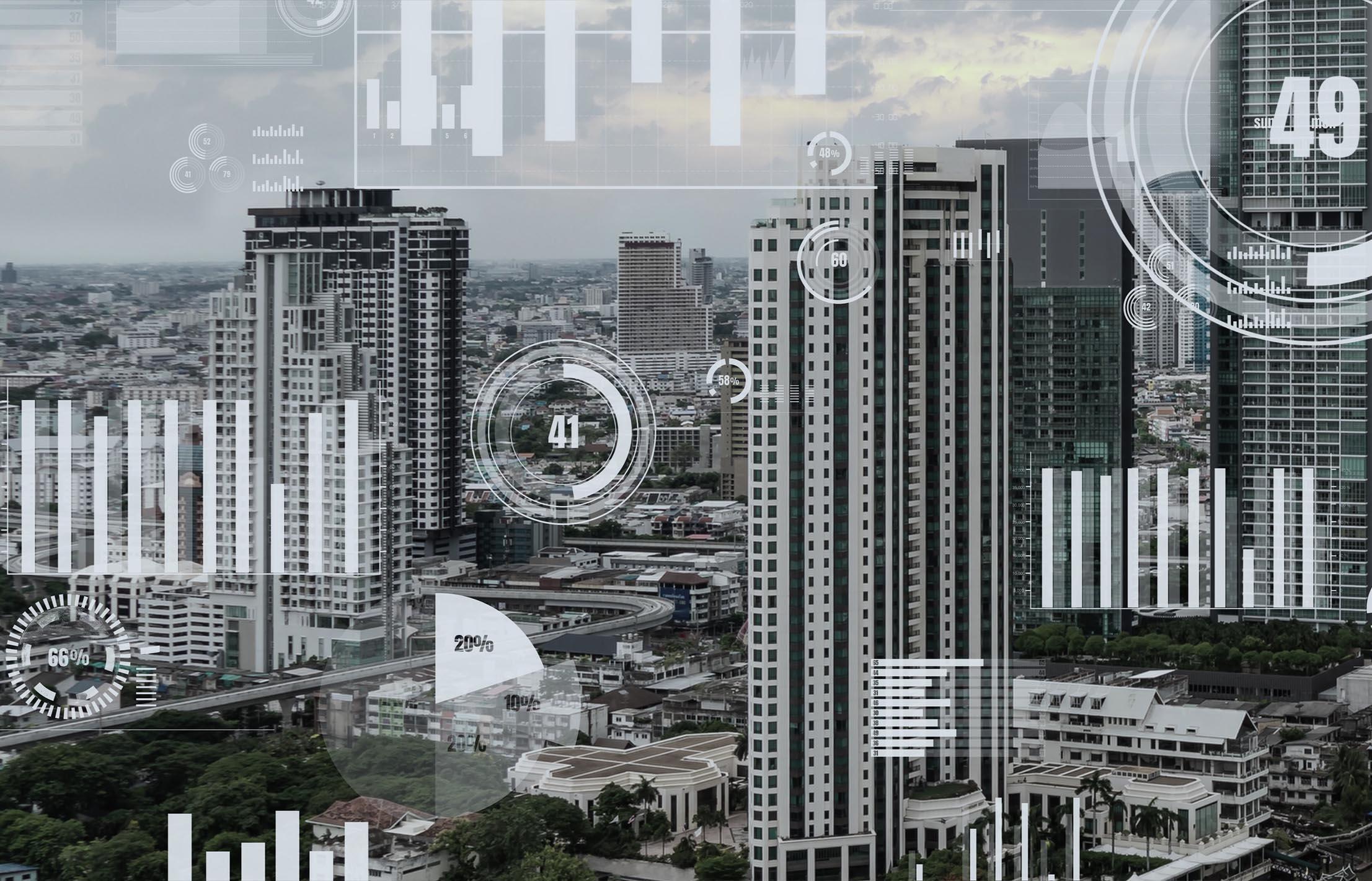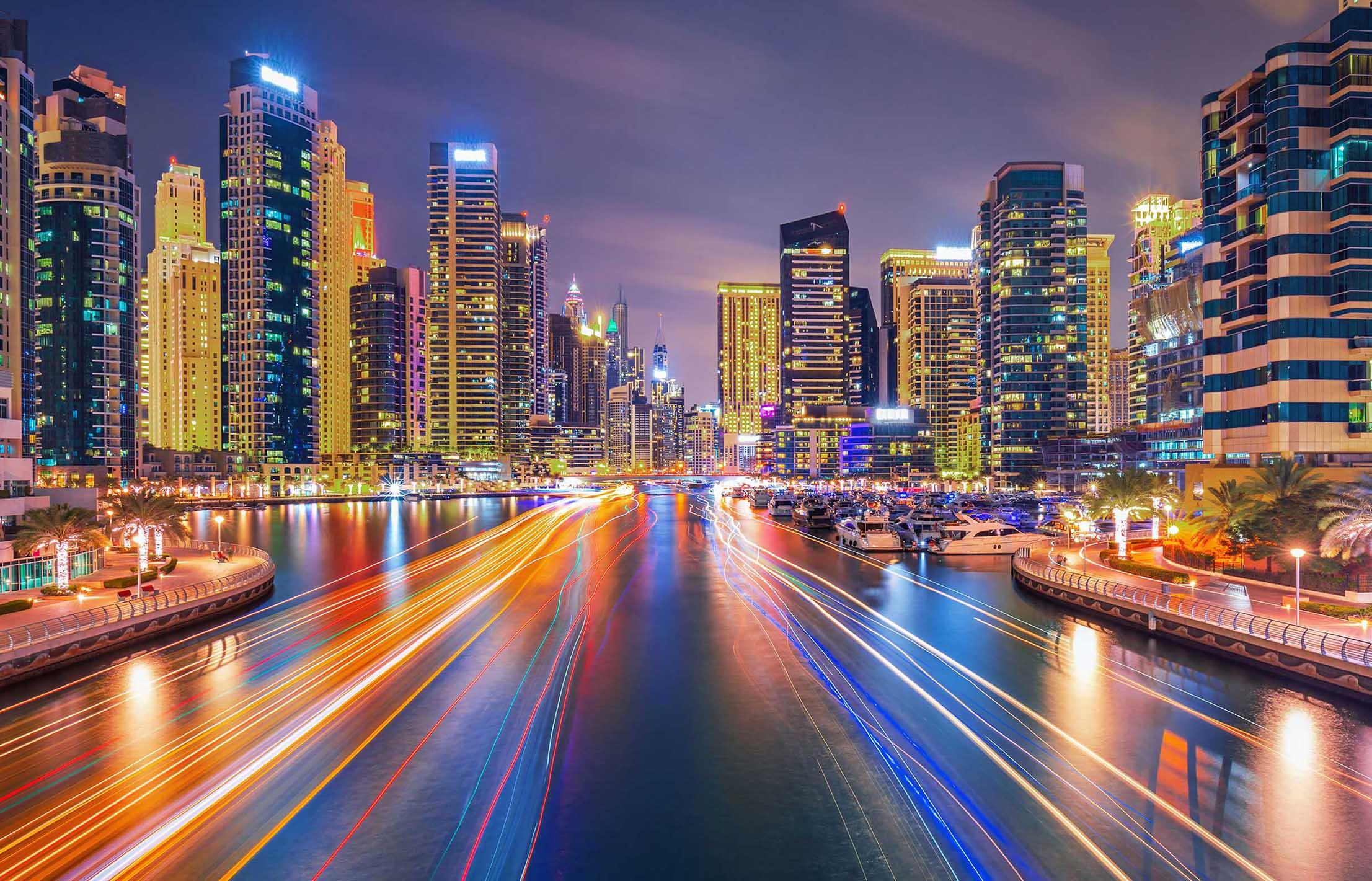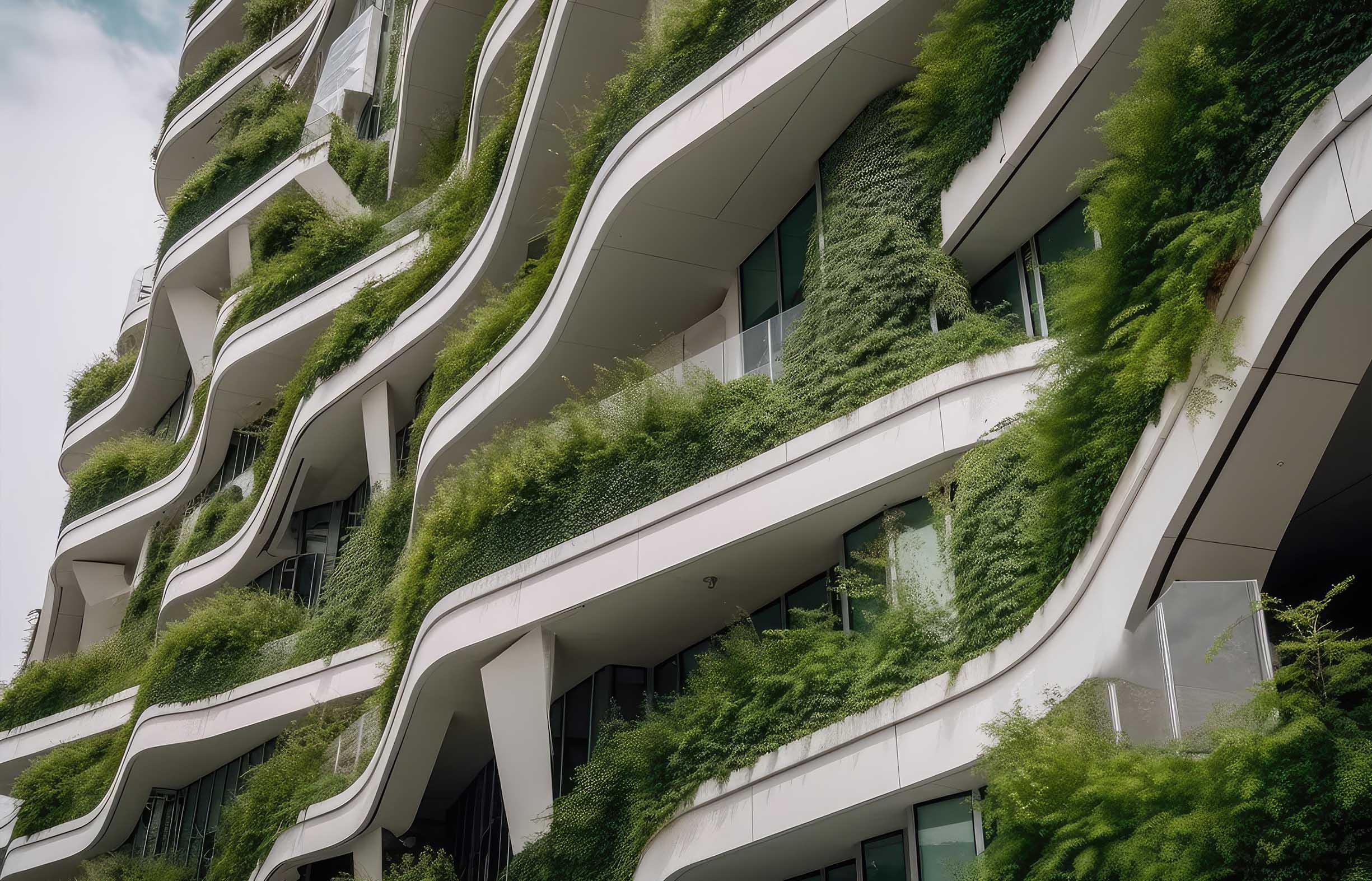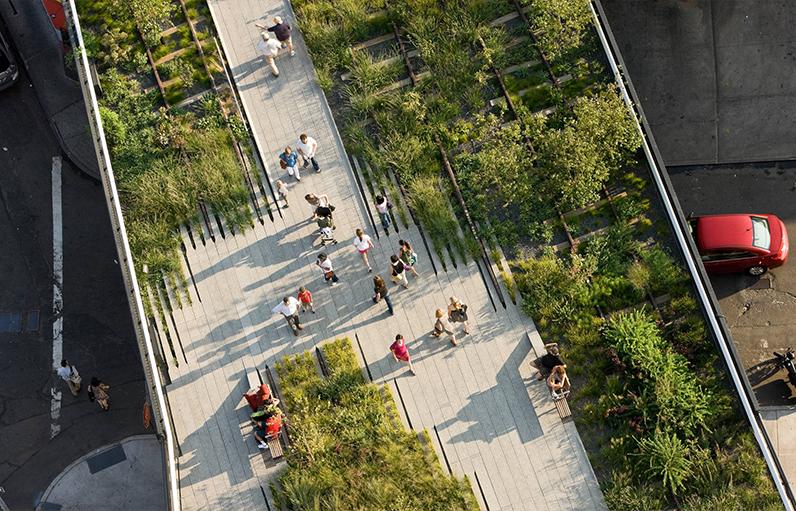
Written by: Perihan El Etreby
Date: 2024-05-29
The Role of Adaptive Reuse in Modern Architecture
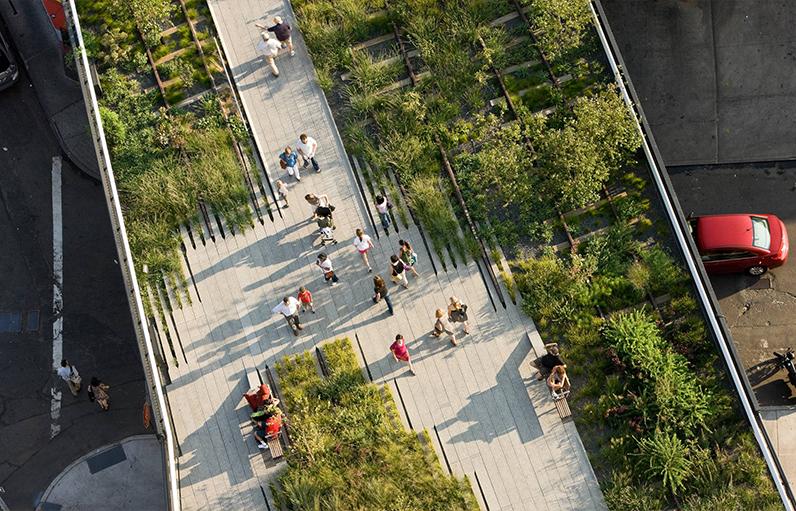
The Role of Adaptive Reuse in Modern Architecture
Cities are constantly evolving, and with them, the buildings that make up their landscape. In recent years, the concept of adaptive reuse has gained significant traction among architects, city planners, and developers. This approach involves repurposing old, often historic structures for new uses, blending the charm of the past with the needs of the present. Adaptive reuse not only preserves cultural heritage but also promotes sustainability and innovation in urban development. Let's explore how adaptive reuse is shaping modern architecture and revitalizing urban spaces.
The Charm of History Meets Modern Needs
Imagine walking into a century-old factory that now serves as a chic apartment complex or an abandoned warehouse transformed into a bustling marketplace. These are just a few examples of how adaptive reuse breathes new life into old buildings. The allure lies in the juxtaposition of old and new—exposed brick walls and steel beams meet sleek, modern interiors. This blend creates unique spaces that are both functional and aesthetically pleasing.
Case Study: The High Line in New York City
One of the most iconic examples of adaptive reuse is the High Line in New York City. Originally a freight rail line, it was abandoned and fell into disrepair. Instead of demolishing it, visionaries saw an opportunity to transform it into an elevated urban park. Today, the High Line is a vibrant green space that attracts millions of visitors annually, offering a unique perspective of the city and a sanctuary amidst the urban hustle.
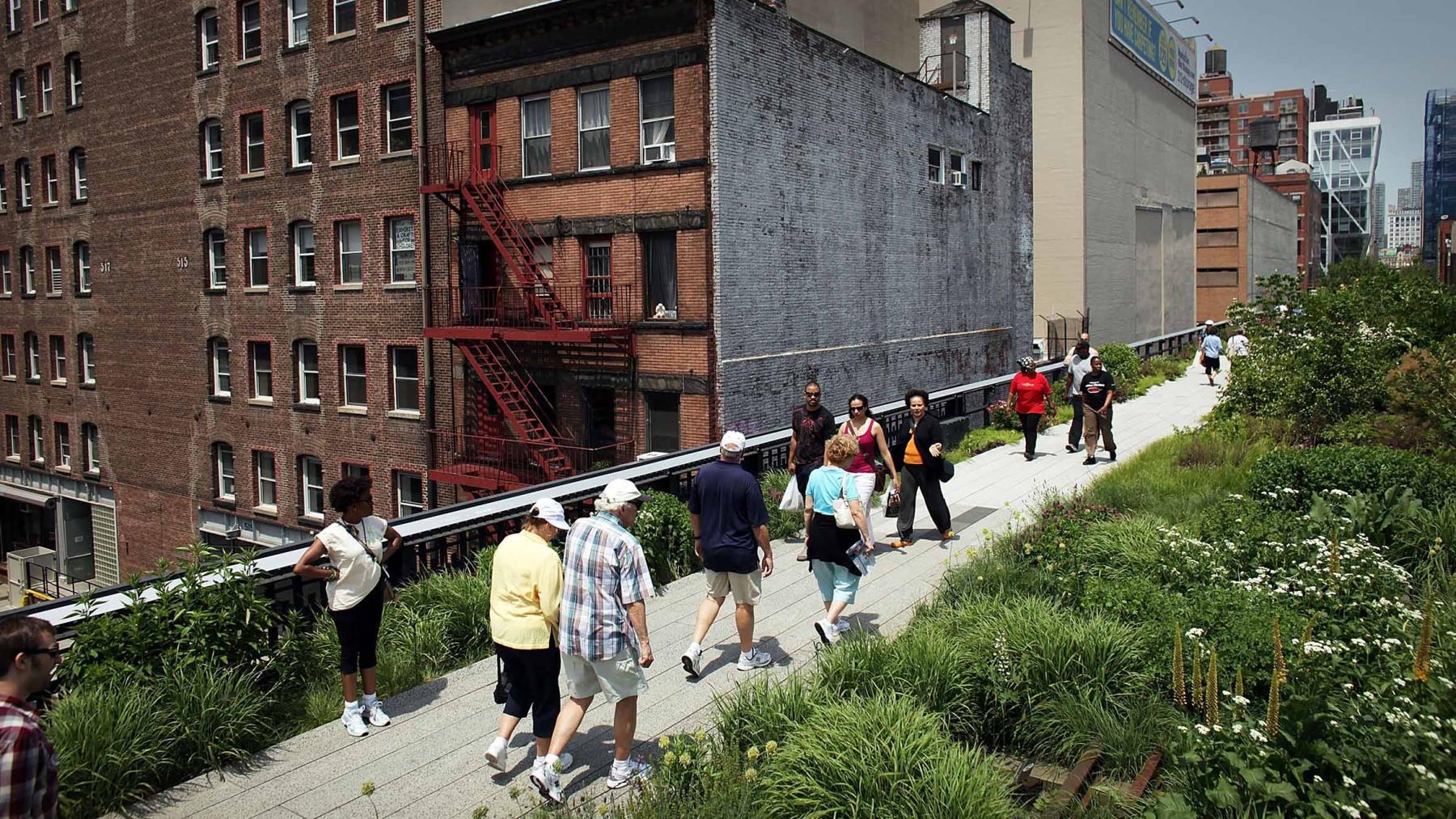
Sustainability: An Environmental Imperative
Adaptive reuse is not just about preserving history; it’s also a sustainable choice. Demolishing buildings generates a significant amount of waste and consumes energy. By repurposing existing structures, we reduce the demand for new materials and minimize construction waste. Moreover, many old buildings were constructed with high-quality materials that are hard to find today, making them valuable resources worth preserving.
The Green Advantage
Environmental sustainability is a key driver for adaptive reuse. Retrofitting old buildings to meet modern energy standards can significantly reduce a city's carbon footprint. For instance, installing energy-efficient windows, improving insulation, and incorporating renewable energy sources can turn a historic building into a green powerhouse. This approach not only conserves resources but also reduces operational costs in the long run.
Economic Revitalization
Revitalizing old buildings can have a profound economic impact on urban areas. It often sparks further investment and development in surrounding neighborhoods, leading to job creation and increased property values. Adaptive reuse projects can also attract tourism, as people are drawn to the unique charm of repurposed spaces.
Boosting Local Economies
Take, for example, the revitalization of the Pearl District in Portland, Oregon. Once a run-down industrial area, it has been transformed into a vibrant neighborhood filled with art galleries, restaurants, and boutique shops, largely through adaptive reuse. This transformation has not only improved the quality of life for residents but has also made the area a popular destination for visitors, boosting the local economy.
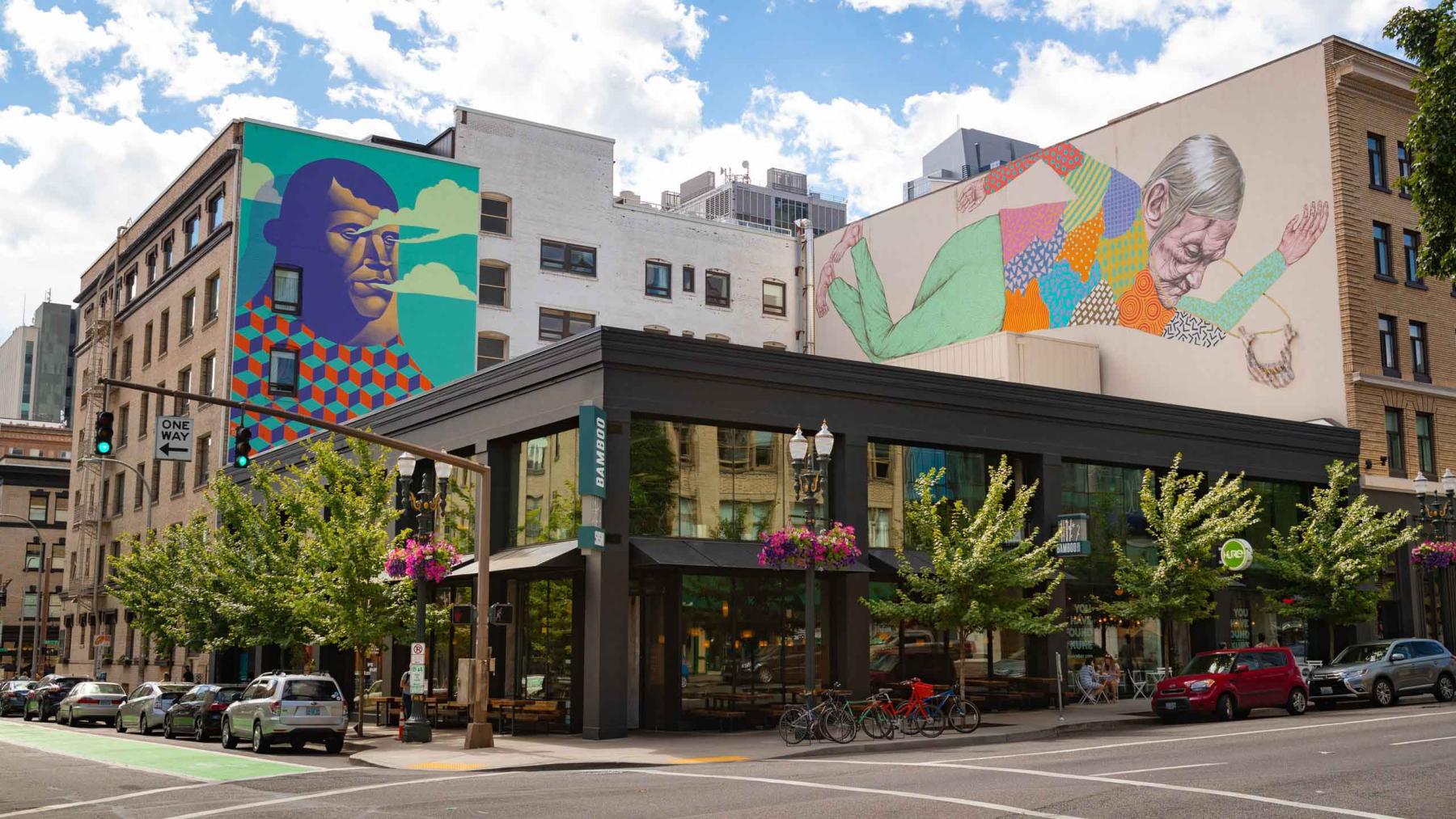
Social and Cultural Benefits
Adaptive reuse projects often become cultural landmarks, fostering a sense of community and continuity. By preserving historic buildings, we maintain a tangible connection to our past, allowing future generations to experience and learn from it. These projects can also provide much-needed community spaces, such as libraries, community centers, and art venues.
Fostering Community
A prime example is the transformation of the Battersea Power Station in London. This iconic building, which once supplied electricity to the city, is being redeveloped into a mixed-use complex with offices, shops, and residential units. It includes public spaces and cultural venues, creating a new urban hub that celebrates the building’s industrial heritage while serving the needs of the modern community.
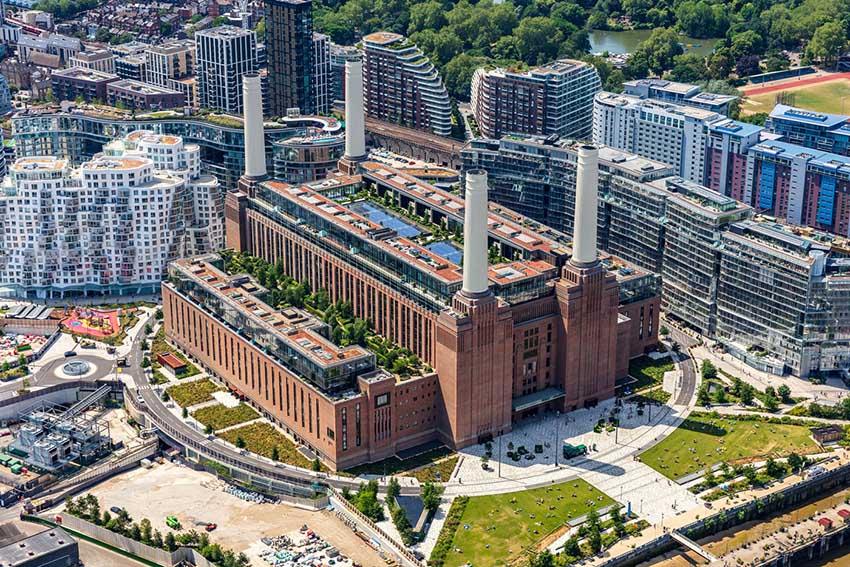
Challenges and Considerations
While adaptive reuse offers numerous benefits, it also comes with its own set of challenges. One of the main hurdles is the cost. Renovating old buildings can be more expensive than new construction, especially if the structure requires significant repairs or upgrades to meet current building codes. Additionally, there may be regulatory hurdles, such as obtaining the necessary permits and ensuring compliance with historical preservation guidelines.
Balancing Act
Architects and developers must strike a balance between preserving the historical integrity of a building and making necessary modernizations. This often involves creative problem-solving and innovative design solutions. For instance, integrating modern HVAC systems or adding elevators in a way that does not detract from the building’s original character requires both technical skill and artistic vision.
The Role of Technology
Modern technology plays a crucial role in the success of adaptive reuse projects. Advanced materials and construction techniques can make it easier to retrofit old buildings to meet contemporary standards. Additionally, digital tools such as 3D modeling and Building Information Modeling (BIM) allow architects to plan and execute complex renovations with greater precision.
Innovation in Action
The use of technology is exemplified in the renovation of the Tate Modern in London. Originally a power station, the building was transformed into one of the world’s leading art museums. The architects used advanced structural engineering techniques to preserve the iconic chimney and integrate modern amenities seamlessly. The result is a space that respects its industrial past while serving as a contemporary cultural institution.
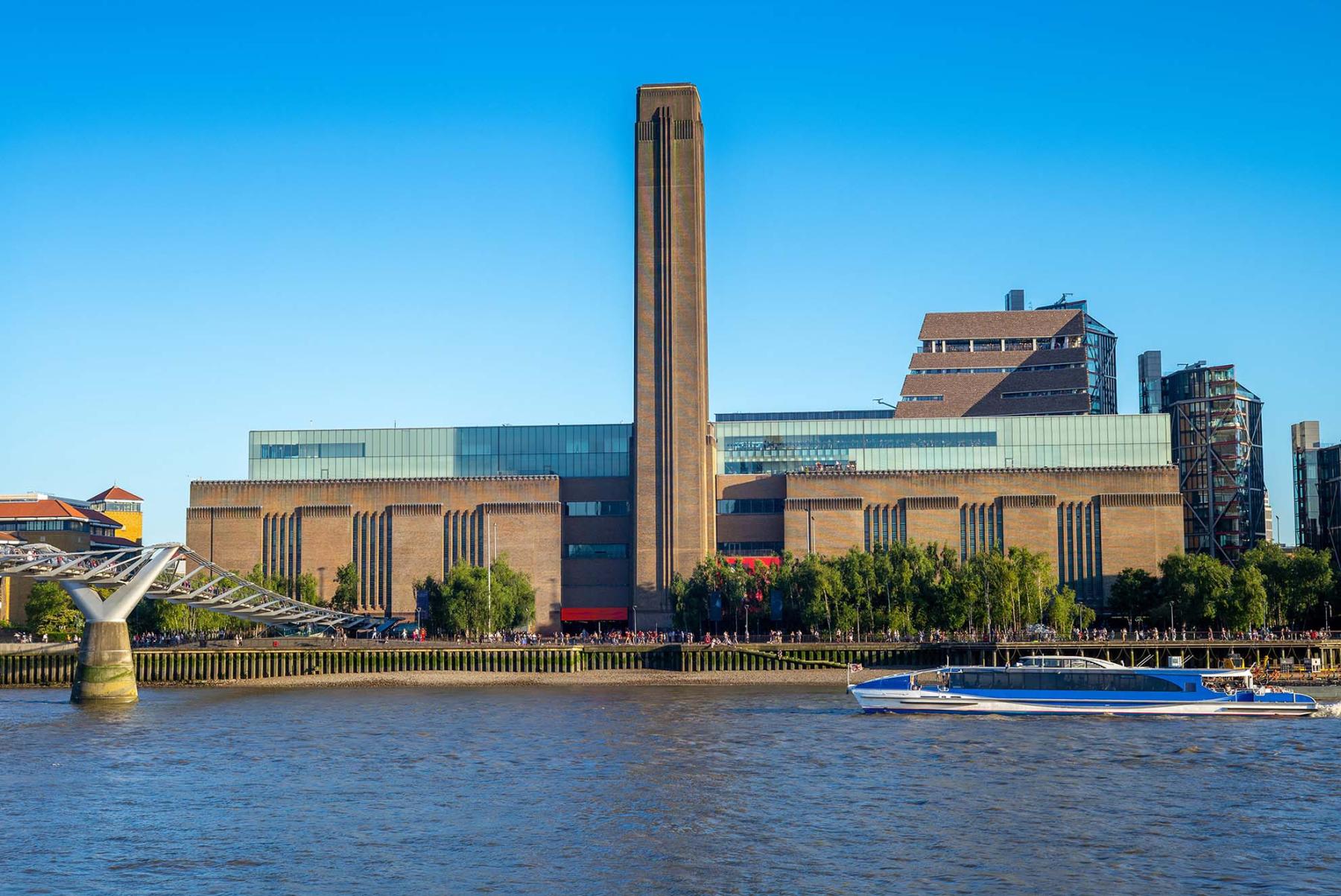
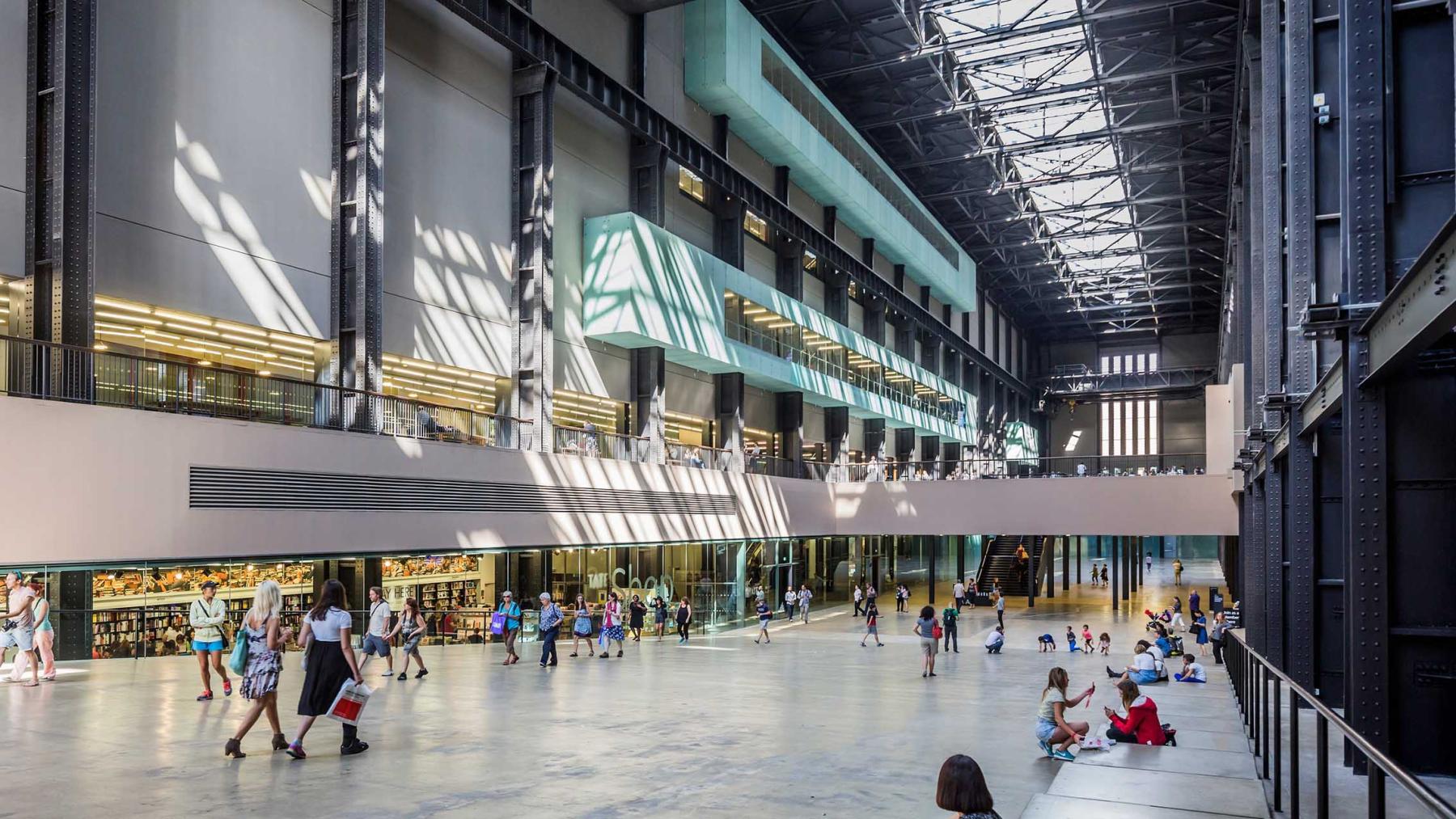
Inspiring Examples from Around the World
Adaptive reuse is a global trend, with inspiring examples from cities around the world. Each project reflects the unique history and culture of its location, showcasing the versatility and creativity of modern architecture.
The Zeitz MOCAA, Cape Town
In Cape Town, South Africa, the Zeitz Museum of Contemporary Art Africa (MOCAA) is housed in a former grain silo complex. The transformation preserved the silo’s cylindrical structures, creating stunning galleries that host African contemporary art. This project not only revitalized a significant historical building but also established a major cultural institution in Africa.
The Bosco Verticale, Milan
In Milan, Italy, the Bosco Verticale (Vertical Forest) project repurposed two residential towers by integrating extensive vegetation into the design. The towers are home to thousands of trees and shrubs, which help to improve air quality and provide a unique living environment. This innovative approach to adaptive reuse demonstrates how architecture can contribute to urban sustainability and biodiversity.
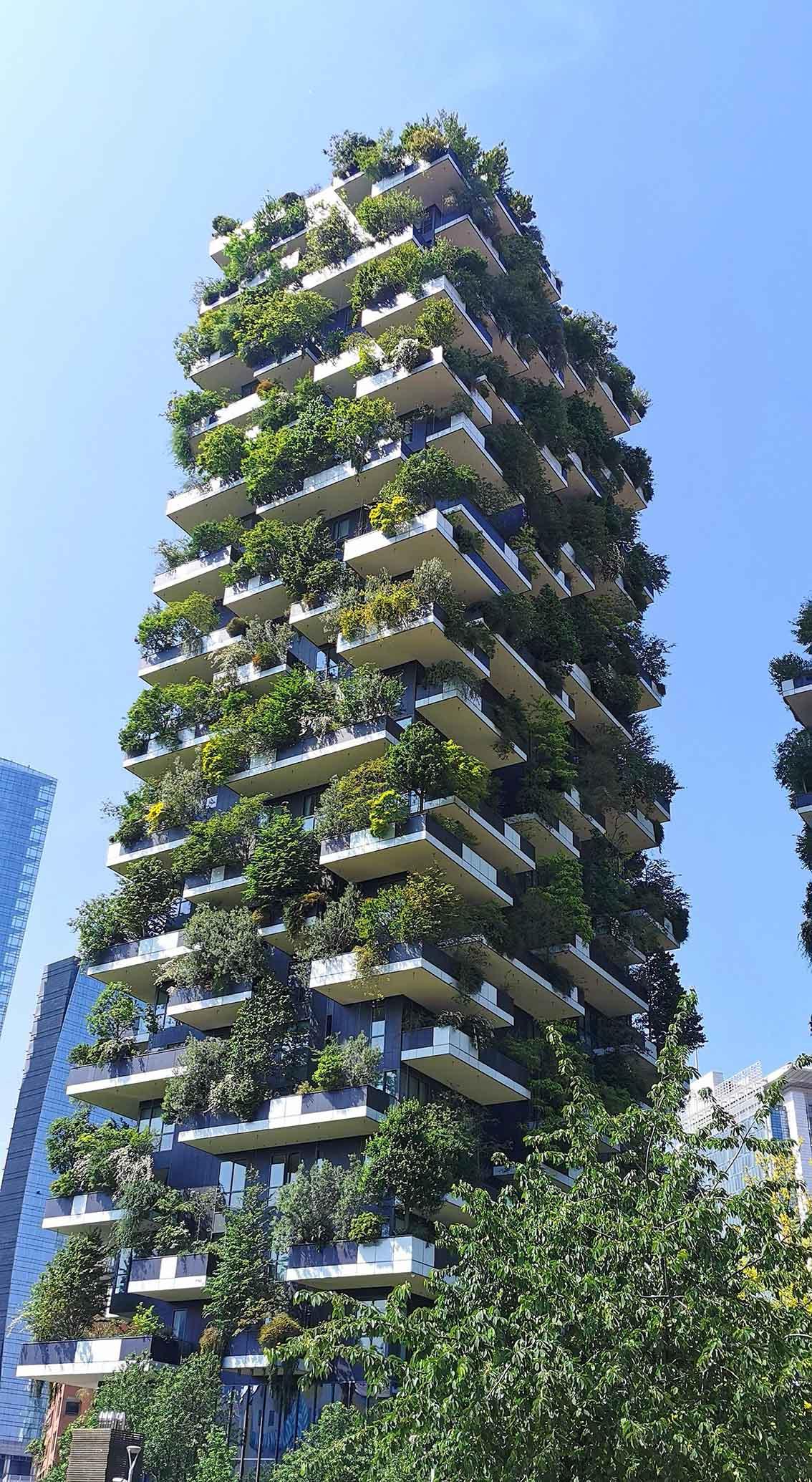
Looking to the Future
As cities continue to grow and evolve, the importance of adaptive reuse in modern architecture will only increase. It offers a sustainable, economically viable, and culturally enriching way to develop urban spaces. By embracing this approach, we can create cities that honor their past while looking forward to a brighter, more sustainable future.
Embracing Change
The success of adaptive reuse projects depends on the willingness of communities, developers, and policymakers to embrace change and think creatively about urban development. By working together, we can transform old, unused buildings into vibrant, functional spaces that meet the needs of today’s urban populations.
Conclusion
Adaptive reuse is more than just a trend in modern architecture; it is a vital strategy for revitalizing urban spaces. By repurposing existing buildings, we can preserve historical and cultural heritage, promote sustainability, boost local economies, and foster a sense of community. The challenges are significant, but the rewards are even greater. As we continue to innovate and push the boundaries of what is possible, adaptive reuse will play a crucial role in shaping the cities of tomorrow.
Whether it's converting an old factory into trendy lofts, transforming a derelict railway into a green oasis, or turning a grain silo into a contemporary art museum, adaptive reuse projects are making our cities more dynamic, sustainable, and connected to their roots. The future of urban development lies not in demolishing the past but in reimagining and revitalizing it for the generations to come.
